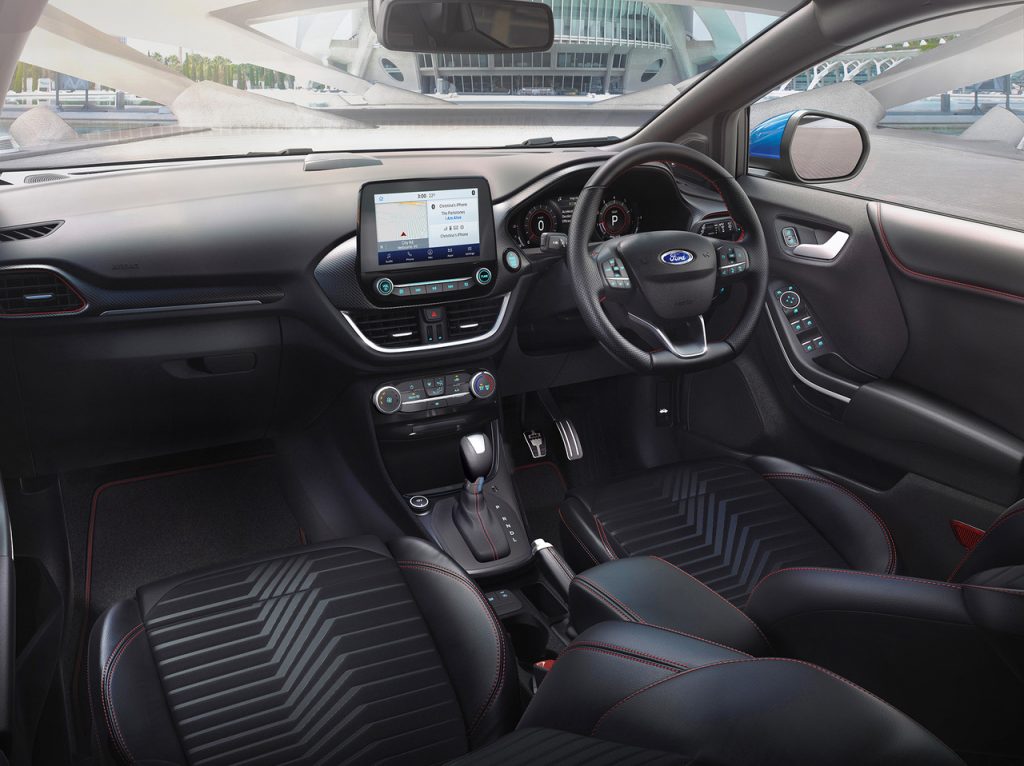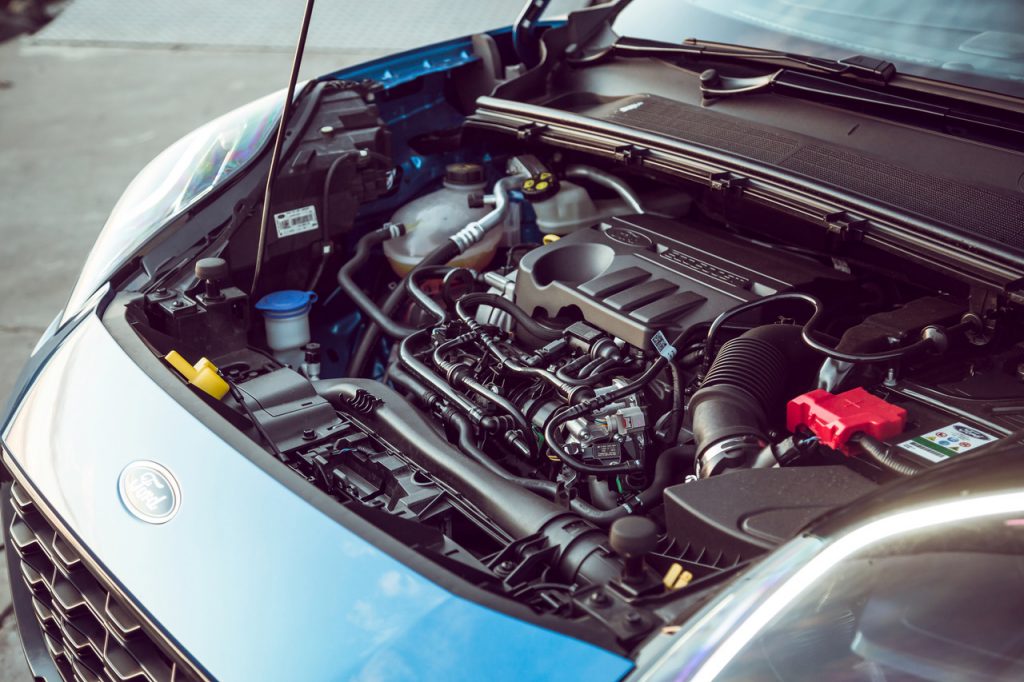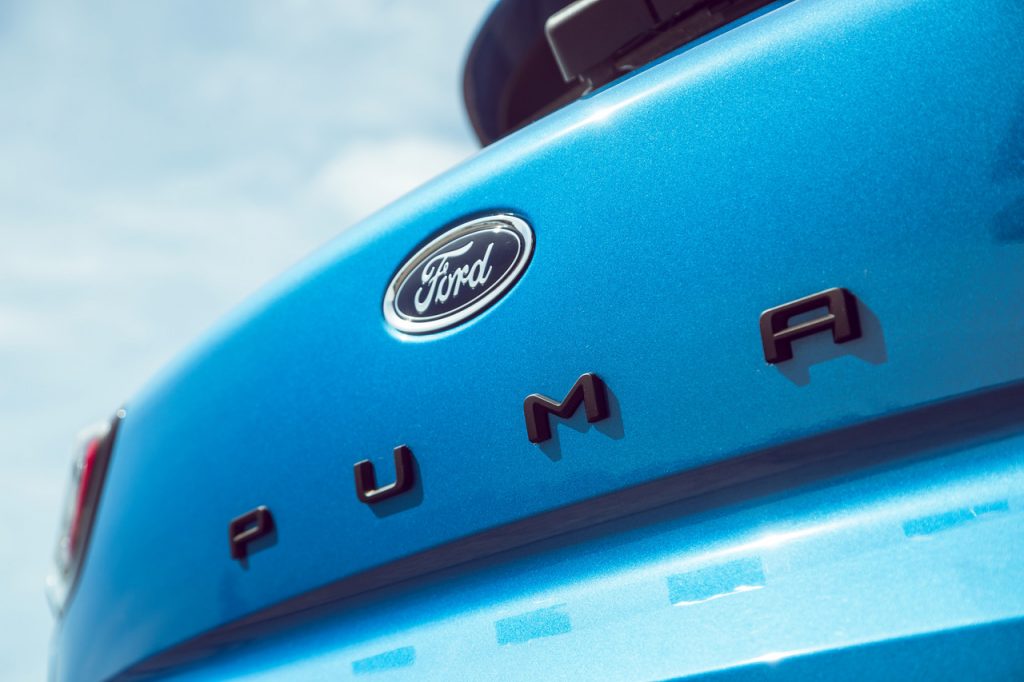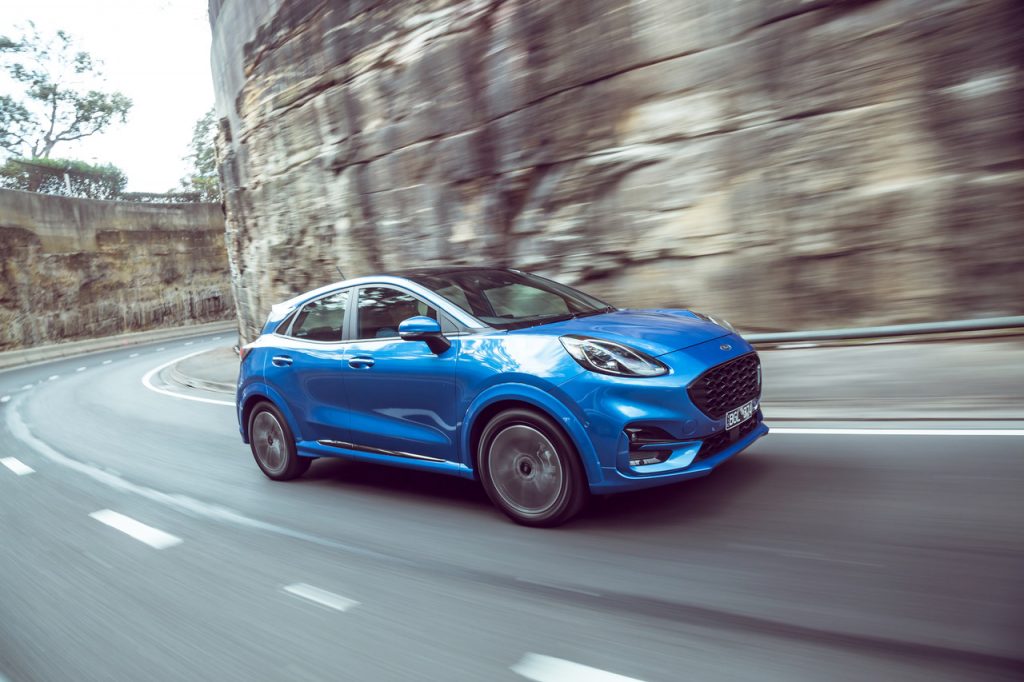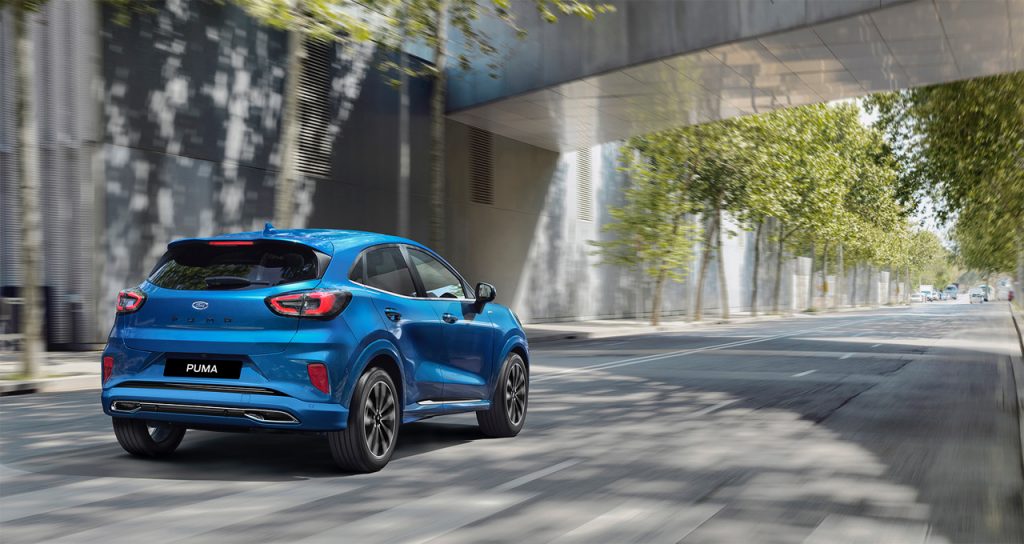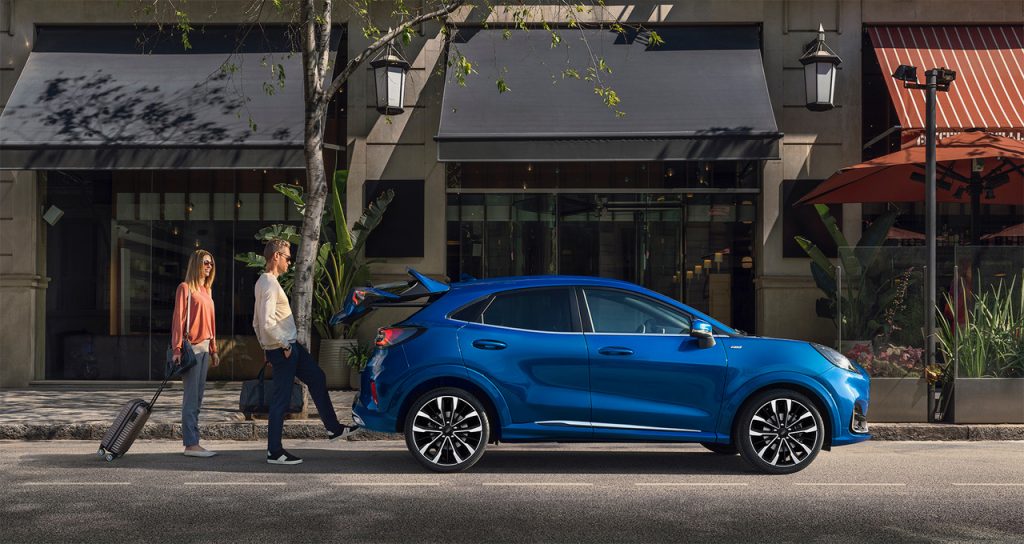A Crossover To Make Driving Fun
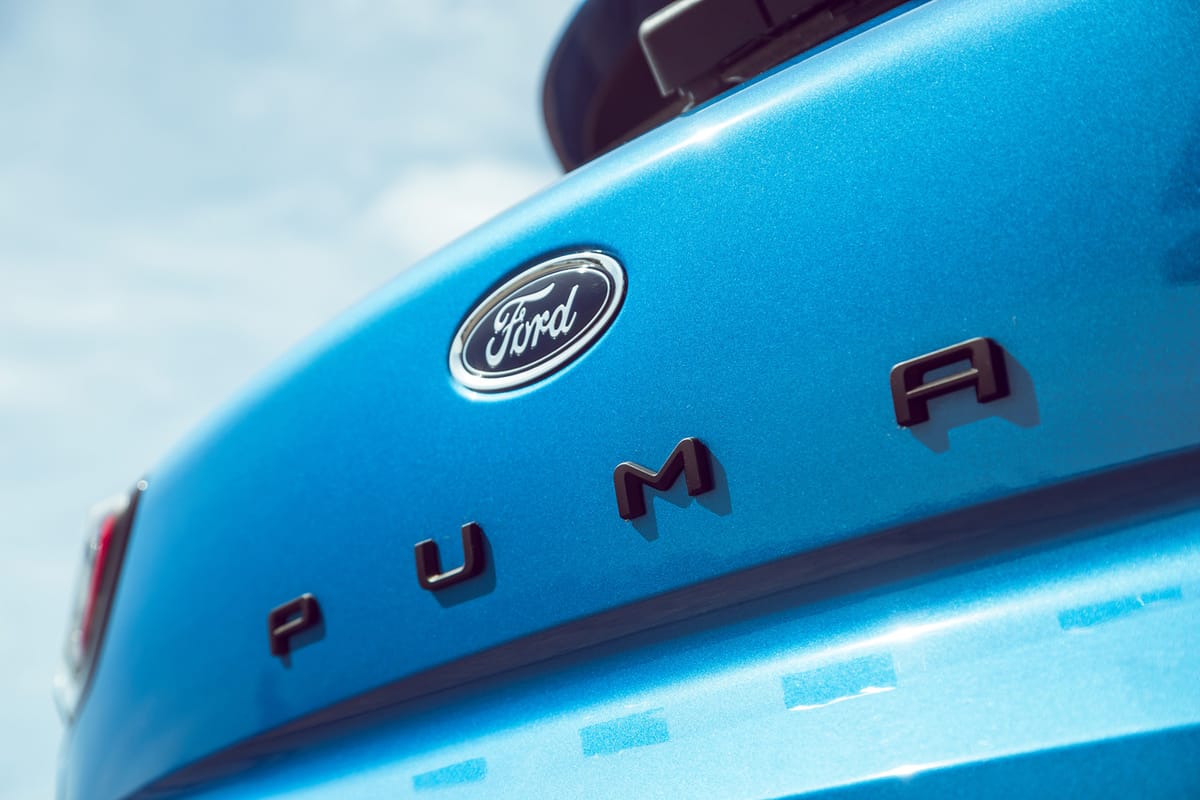
It’s not easy to find the right parking spot for the Ford Puma.
Some people see it as a curvy hot hatch and others think it’s a compact SUV.
For me, coming from a time when the original Puma was a two-door sporty coupe in the 1990s, the decision is even tougher.
It’s morphing from one thing, its hatchback roots in the Fiesta, into an SUV with a modern and stylish twist.
The official car world name for cars like the Puma – and they can be a mix of almost any two styles or backgrounds – is a crossover.
So the Puma is crossing between hatch and SUV, and sometimes back again. It has a sporty driving feel, the bodywork is way different from a typical big-box SUV, yet it’s also trying to be more flexible than a traditional baby hatch.
Ignoring how to classify it, and find the people who are likely to buy it, the new-age Puma is a practical little runabout that’s surprisingly nice to drive.
It has a perky three-cylinder engine and a responsive seven-speed DSG automatic gearbox, as well as suspension tuning that’s closer to the hot hatch Focus ST – or the old Focus RS – than the majority of other baby SUVs.
It’s closest competitor, based on style and a sporty intent, is the slow selling Nissan Juke. It was too rough originally and, although now a sweeter package with a $27,990 starting price, is still too polarising in the way it looks.
The Puma is not cheap, starting at $29,990 and rolling at $32,340 – before on-roads – as my ST-Line test car.
It is well equipped, with everything from a large infotainment screen with satnav and punchy bass-focussed sound system, as well as the usual alloy wheels and upgraded interior trim. The ST-Line upgrade comes with flappy paddles for the transmission and sports front seats.
Spending more can also bring a giant two-hole sunroof system and a 575-watt Bang & Olufsen, although I would question the need to go beyond the ST-Line.
Ford is baiting potential buyers by combining a roomy interior – there is excellent luggage capacity that trumps the Mazda CX-3 but a cramped back seat – with excellent final finishing. There is nothing special about the back seats, which have hard plastics and no sign of aircon outlets, but the front has softly-padded doors and USB connectivity and clear-to-read instruments and a heads-up speedometer display.
At first, the Puma feels a bit harsh. The suspension is taut and the three-cylinder engine is a bit thumpy.
But it only takes a couple of kilometres to settle into the car, and start to enjoy the responsive steering and cornering grip. It’s also very economical, with fuel use better than 6 litres/100km.
The turbo engine also comes alive once the engine is spinning with more than 2000 revs, and that’s easy to manage with the touch-change paddles behind the sports steering wheel.
Passengers were not particularly happy in the back seat, which is also pinched for a view outside, but the front buckets are comfortable and supportive and I like any car that has a heads-up display to prevent inadvertently straying over the speed limit.
So the Puma is a crossover that works and, for people that want more than just a boring box, it can be a smart choice.
Drives well
Sends mixed messages
Price: from $29,990
Engine: 3-cylinder petrol turbo
Power: 92kW/Nm, 147kW/170Nm
Transmission: 7-speed DSG, front and all-wheel drive
Safety: 5-star ANCAP
THE TICK: I think so


